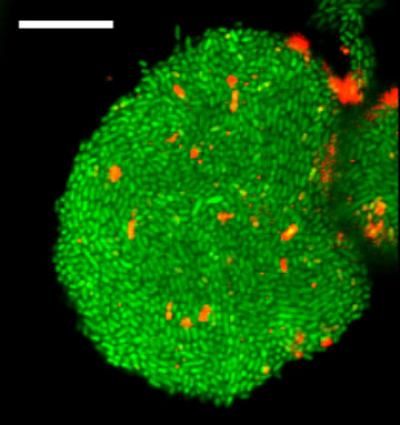Researchers discover how selenium is incorporated into proteins
Humans need eight essential trace elements for good health, and one of them is selenium - a powerful antioxidant that is important for thyroid and brain function as well as metabolism.
But trace elements can't be used by the body until they are integrated into a protein molecule. Selenium is unique because it is folded into its protein while the protein molecule is still being made. All other trace elements are added to their respective protein molecules after the cell has finished synthesizing the protein.
Researchers at the University of Illinois at Chicago have discovered exactly how selenium is incorporated into selenoproteins.
Proteins are made by linking amino acids together, one at a time, in a chain. Cellular structures called ribosomes serve as docking stations, where all the components involved in protein production come together -- messenger RNA, which serves as the protein's blueprint; the amino acid building blocks, each attached to its own specific transfer RNA; and various helper molecules.
Elongation factors are an important type of helper protein that guide the amino acids to the ribosome during protein synthesis. In humans, elongation factor eEF1A helps string together amino acids at the ribosome - that is, all amino acids except selenocysteine, the amino acid that holds selenium. In humans, selenocysteine is incorporated into proteins with help of a unique elongation factor called eEFSec that works very differently from eEF1A.
"We've known that selenium is special when it comes to protein synthesis, because there is a whole other set of rules and tools in use," says Miljan Simonovic, associate professor of biochemistry and molecular genetics in the UIC College of Medicine and corresponding author on the paper. "Not only does it have its own elongation factor, but selenocysteine is also very unusual because it is represented in the genetic code by the same three-letter key, or codon, that signals for protein synthesis to stop."
Normally, as the ribosome reads the messenger RNA -- or mRNA -- and reaches this stop codon, it detaches from the mRNA because its work is done, although the full-length protein may still be modified through other processes.
But sometimes the ribosome runs the stop sign and adds selenocysteine instead -- and continues to elongate the protein until it reaches another stop sign.
"When the stop codon means 'bring in a selenocysteine,' additional protein factors together with structural features in the mRNA around that stop codon, such as loops, indicate to the ribosome not to stop selenoprotein production," said Malgorzata Dobosz-Bartoszek, postdoctoral research associate in biological sciences. "The selenocysteine elongation factor, eEFSec, plays a key role in helping to recognize the stop codon as actually coding for selenocysteine."
Simonovic said the eEFSec elongation factor also stands apart in how it changes shape when it delivers selenocysteine to the ribosome. The researchers showed that eEFSec bends about 20 degrees when delivering selenocysteine, while eEF1A bends "much more dramatically -- more like 90 degrees" when it drops off the other amino acids.
Simonovic thinks that the reason selenocysteine is handled so differently during protein synthesis traces back to the Great Oxygenation Event. This was the period about 2.3 billion years ago when free oxygen in Earth's atmosphere suddenly spiked, due to the evolutionary emergence of plants and photosynthesis as a way to derive energy from the sun. Organisms needed to evolve ways to prevent cellular damage caused by oxidation, and selenium, a powerful antioxidant, would have been available. But already-existing processes for incorporating trace elements into proteins may not have worked for selenium, which is extremely reactive.
"We know that eEFSec has a unique domain that helps it safely interact with selenocysteine," Simonovic said.
Original publication
Most read news
Original publication
Malgorzata Dobosz-Bartoszek, Mark H. Pinkerton, Zbyszek Otwinowski, Srinivas Chakravarthy, Dieter Söll, Paul R. Copeland & Miljan Simonović; "Crystal structures of the human elongation factor eEFSec suggest a non-canonical mechanism for selenocysteine incorporation"; Nature Comm.; 2016
Topics
Organizations
Other news from the department science

Get the analytics and lab tech industry in your inbox
By submitting this form you agree that LUMITOS AG will send you the newsletter(s) selected above by email. Your data will not be passed on to third parties. Your data will be stored and processed in accordance with our data protection regulations. LUMITOS may contact you by email for the purpose of advertising or market and opinion surveys. You can revoke your consent at any time without giving reasons to LUMITOS AG, Ernst-Augustin-Str. 2, 12489 Berlin, Germany or by e-mail at revoke@lumitos.com with effect for the future. In addition, each email contains a link to unsubscribe from the corresponding newsletter.
Most read news
More news from our other portals
Last viewed contents

Analytica supporting program: Fit for the laboratory world of tomorrow - More than 1,050 exhibitors will be showing new instruments and applications with which the laboratory industry is meeting today's challenges

Fish and seafood - improved trace detection of life-threatening allergy sources - "AQUALLERG-ID": Researchers develop methods for detecting potential food allergens

‘Artificial tongue’ detects and inactivates common mouth bacteria - In the future, bacterial dental diseases could also be diagnosed and treated using this sensor system
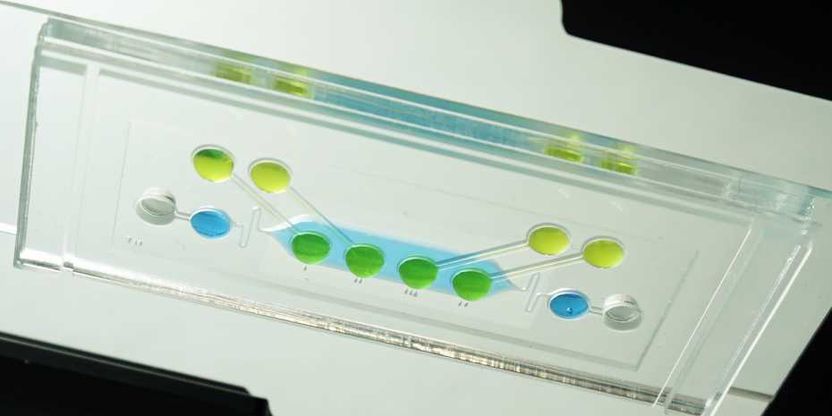
Toxicity testing on the placenta and embryo - Detection substances that are harmful to the embryo at an early stage of drug development

Schizophrenia manifests itself in the brain structure - The symptoms of schizophrenia vary greatly from person to person
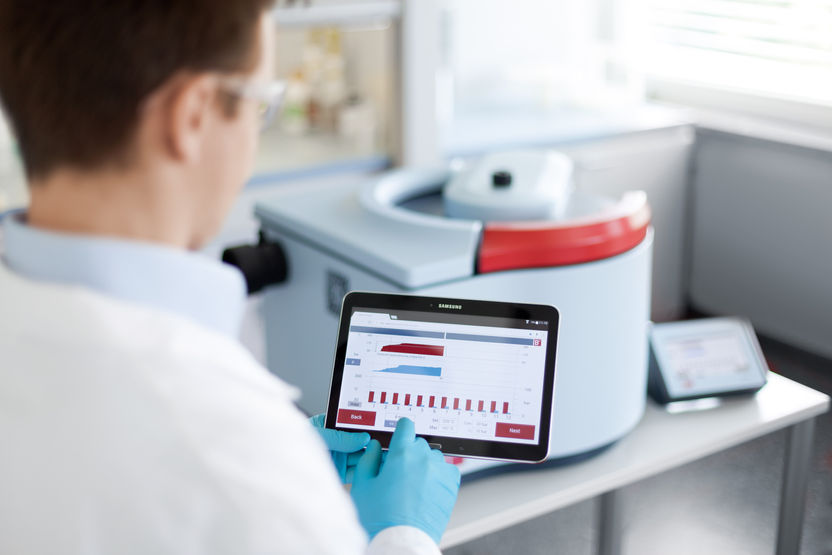
Controlling Total Costs of Ownership in Microwave Digestions - Microwave digestion vessels without sensor connection, simple to open, close and clean
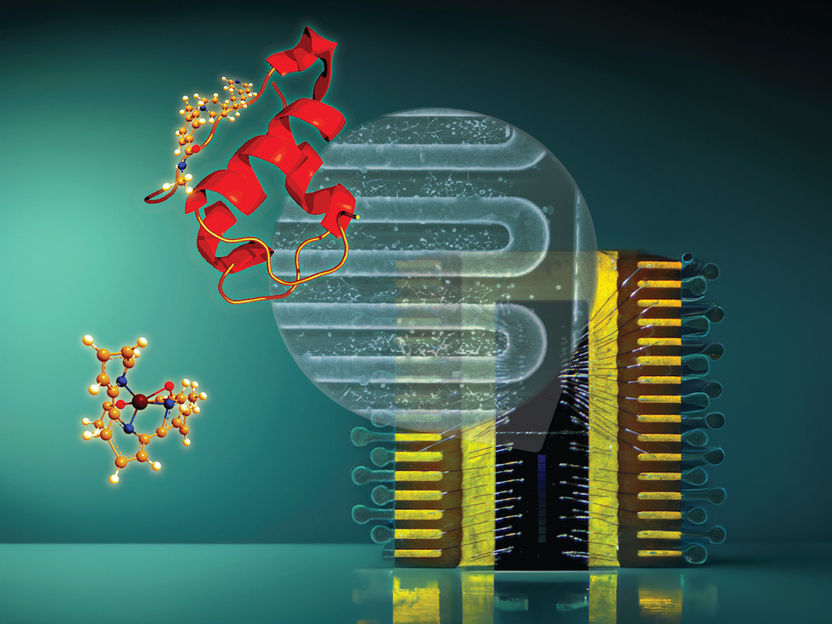
Superconducting Nanowires Detect Single Protein Ions - Detection efficiency 1,000 times higher than conventional ion detectors due to high sensitivity
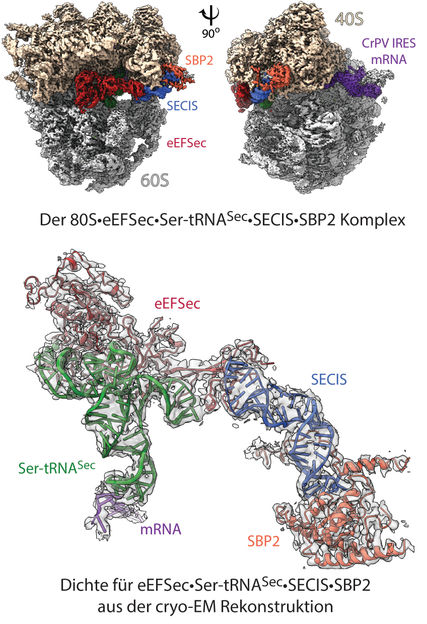
The ‘selenosome’: The choreography which governs recoding - Cryo-electron microscopy visualizes cellular structures
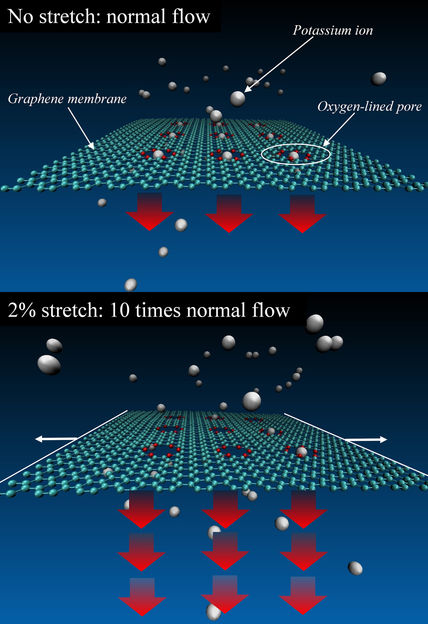
Simulations Suggest Graphene Can Stretch to Be a Tunable Ion Filter
ISO recognition for Quality Management Systems at Malvern Instruments US headquarters

Analytica 2020: The leading guide to the smart laboratory - The focus on digital transformation is being further expanded
